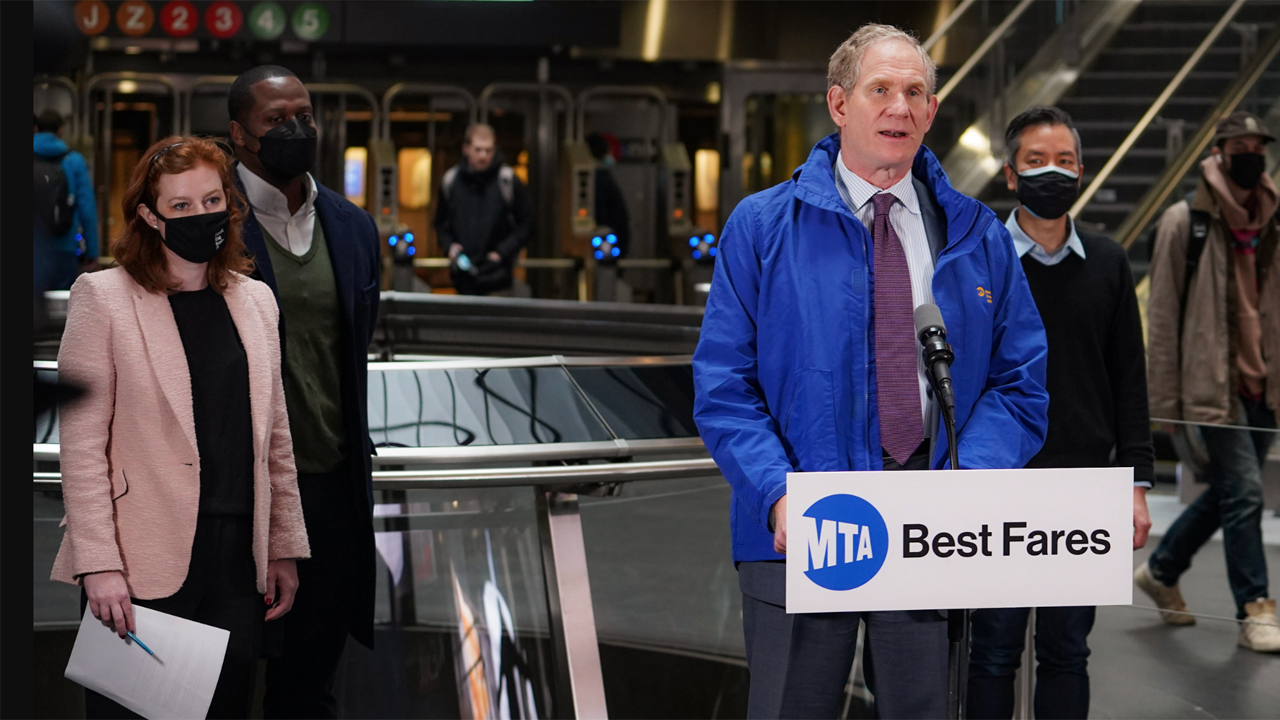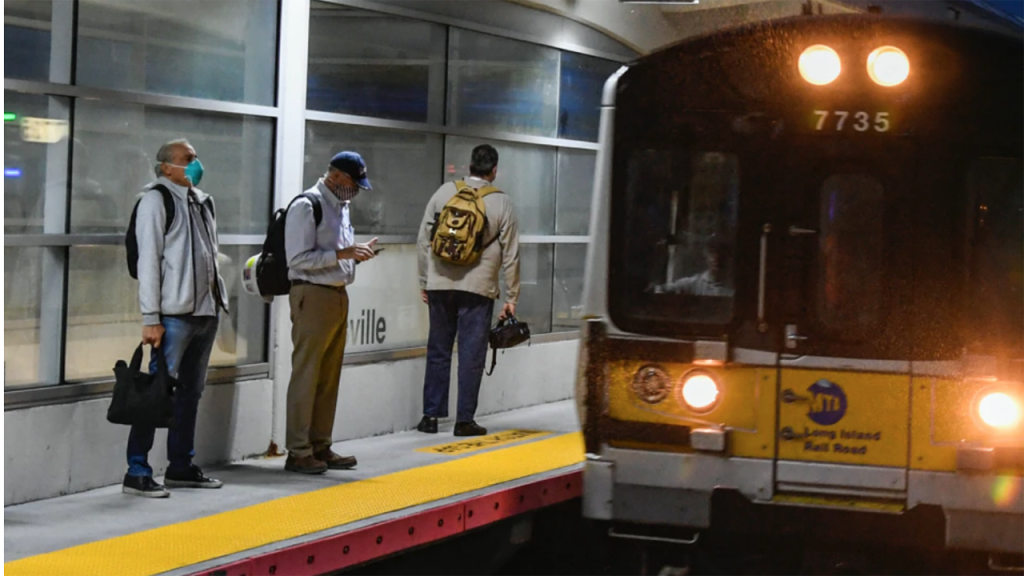
New York MTA ‘Getting Creative’ on Fares
Written by Marybeth Luczak, Executive Editor
“Bringing riders back to mass transit depends on three variables—reliability, safety and price,” MTA Chair and CEO Janno Lieber said. “We’ve made it a priority to get creative on fares. Transit affordability is also an equity issue, and we are committed to providing a wide range of new discounts, while ensuring the MTA maintains a solid bottom line.”
The New York Metropolitan Transportation Authority (MTA) later this month will launch a four-month pilot fare program to encourage riders to use the city’s subways, buses and trains; it includes fare-capping.
Fares for MTA New York City Transit (NYCT) riders using the OMNY (One Metro New York) contactless payment system will be capped at $33 per week, starting Feb. 28. The pilot will work this way: Each Monday, a rider can tap their own contactless card or smart device, or an OMNY card, on the OMNY reader, and pay the standard $2.75 per ride. After 12 subway or local bus trips using the same contactless card or smart device, they will ride free through the following Sunday. Riders will receive the benefits of a seven-day unlimited-ride card—also priced at $33 per week—without having to decide to pay upfront, MTA explained.
Free transfers between subways and buses will continue to be offered to all customers under the pilot. Two-part trips that are linked by a free transfer between subway and bus are considered one trip toward the 12 needed to reach the free-fare threshold each week, MTA said.

The pilot will also offer promotional fares for MTA Long Island Rail Road (LIRR) and MTA Metro-North Railroad riders starting Feb. 25. A new 20-trip ticket will offer 20% off comparable 20 peak one-way fares when purchased through MTA eTix, or at a ticket window. Those tickets are valid for 60 days. Monthly tickets, which are currently discounted between 48% and 61% of the price of a comparable number of one-way peak tickets, will be discounted an additional 10%.
Also, CityTicket, which offers a reduced, flat fare for rail travel within New York City on weekends, will be extended to all weekday off-peak trains at a fare of $5. That is a 31% discount from Metro-North’s current weekday fare between the Bronx and Manhattan, which is $7.25, and a 35% discount from the LIRR’s current weekday fare between eastern Queens and Manhattan or Brooklyn, which is $7.75. (CityTicket must be purchased and activated before boarding the train, MTA said. Metro-North’s off-peak fare between the Bronx and Manhattan remains $13 when purchased on board the train; LIRR’s off-peak fare between eastern Queens and Manhattan or Brooklyn remains $14 when purchased on board the train.)
CityTicket is valid at these Metro-North stations: Botanical Garden, Fordham, Grand Central Terminal, Harlem – 125th Street, Marble Hill, Melrose, Morris Heights, Riverdale, Sputyen Duyvil, Tremont, University Heights, Wakefield, Williamsbridge, Woodlawn and Yankees – E. 153rd Street. And these LIRR stations: Atlantic Terminal, Auburndale, Bayside, Douglaston, East New York, Flushing-Main Street, Forest Hills, Hollis, Jamaica, Kew Gardens, Laurelton, Little Neck, Locust Manor, Mets-Willets Point, Murray Hill, Nostrand Avenue, Penn Station, Queens Village, Rosedale, St. Albans and Woodside.
MTA will evaluate the new fares’ impact on operations, the customer experience and farebox revenue. If the pilot proves successful, the agency said the new fare structures could be extended or become permanent.
“Bringing riders back to mass transit depends on three variables—reliability, safety and price,” MTA Chair and CEO Janno Lieber said. “We’ve made it a priority to get creative on fares. Transit affordability is also an equity issue, and we are committed to providing a wide range of new discounts, while ensuring the MTA maintains a solid bottom line.”

“Fare capping will save many of our riders money and give them more flexibility,” MTA Chief Customer Officer Sarah Meyer said. “Customers no longer have to choose between buying a weekly unlimited pass or paying per ride: With OMNY, they will always get the best deal automatically. We hope riders embrace the new program, and we’ll be watching to see how it affects our operations and farebox revenue.”



